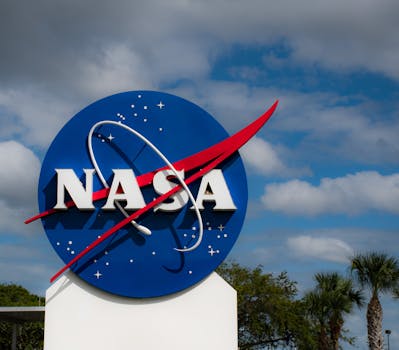Satellite Launch Missions and Their Impact on Space Exploration
Satellite launch missions have revolutionized the field of space exploration, enabling us to study the universe, communicate with each other, and navigate our way around the globe. In this article, we will delve into the world of satellite launch missions and their impact on space exploration.

Satellite Launch Missions and Their Impact on Space Exploration
Satellite launch missions have been a crucial part of space exploration for decades, enabling us to study the universe, communicate with each other, and navigate our way around the globe. Satellite launch missions have revolutionized the field of space exploration, and their impact is still being felt today. With the help of satellite launch missions, we have been able to explore the vastness of space, discover new planets and galaxies, and gain a better understanding of the universe and its many mysteries.
One of the most significant impacts of satellite launch missions has been the ability to study the Earth and its environment from space. Satellites have been used to monitor the weather, track climate change, and study the Earth’s natural resources. For example, the Landsat satellite program has been used to study the Earth’s land surface, providing valuable data on deforestation, urbanization, and natural disasters. Similarly, the Nimbus satellite program has been used to study the Earth’s atmosphere, providing data on weather patterns, climate change, and air pollution.
The History of Satellite Launch Missions
The first satellite launch mission took place on October 4, 1957, when the Soviet Union launched Sputnik 1, the first artificial satellite, into space. This historic event marked the beginning of the space age, and it paved the way for future satellite launch missions. Since then, thousands of satellites have been launched into space, each with its own unique mission and purpose. Some satellites have been used for communication, while others have been used for navigation, weather forecasting, and scientific research.
In the 1960s, the United States launched a series of satellites known as the Corona program, which was used to spy on the Soviet Union during the Cold War. The Corona program was a significant milestone in the history of satellite launch missions, as it marked the beginning of the use of satellites for military purposes. Today, satellites are used by military forces around the world for a variety of purposes, including communication, navigation, and surveillance.
The Benefits of Satellite Launch Missions
Satellite launch missions have numerous benefits, including the ability to communicate with people around the world, navigate our way around the globe, and study the universe. Satellites have also been used to provide internet access to remote communities, monitor natural disasters, and track climate change. For example, the O3b satellite constellation has been used to provide internet access to remote communities in Africa and Asia, while the GOES-R satellite has been used to monitor weather patterns and track hurricanes.
In addition to their practical benefits, satellite launch missions have also inspired generations of scientists, engineers, and explorers. The launch of Sputnik 1 in 1957 sparked a wave of interest in space exploration, and it paved the way for future missions to the Moon and beyond. Today, satellite launch missions continue to inspire people around the world, and they have become an essential part of our daily lives.
Conclusion
In conclusion, satellite launch missions have had a profound impact on space exploration, enabling us to study the universe, communicate with each other, and navigate our way around the globe. From the early days of Sputnik 1 to the present day, satellite launch missions have revolutionized the field of space exploration, and their benefits are still being felt today. As we look to the future, it is clear that satellite launch missions will continue to play a vital role in the exploration of space, and they will inspire future generations of scientists, engineers, and explorers.





